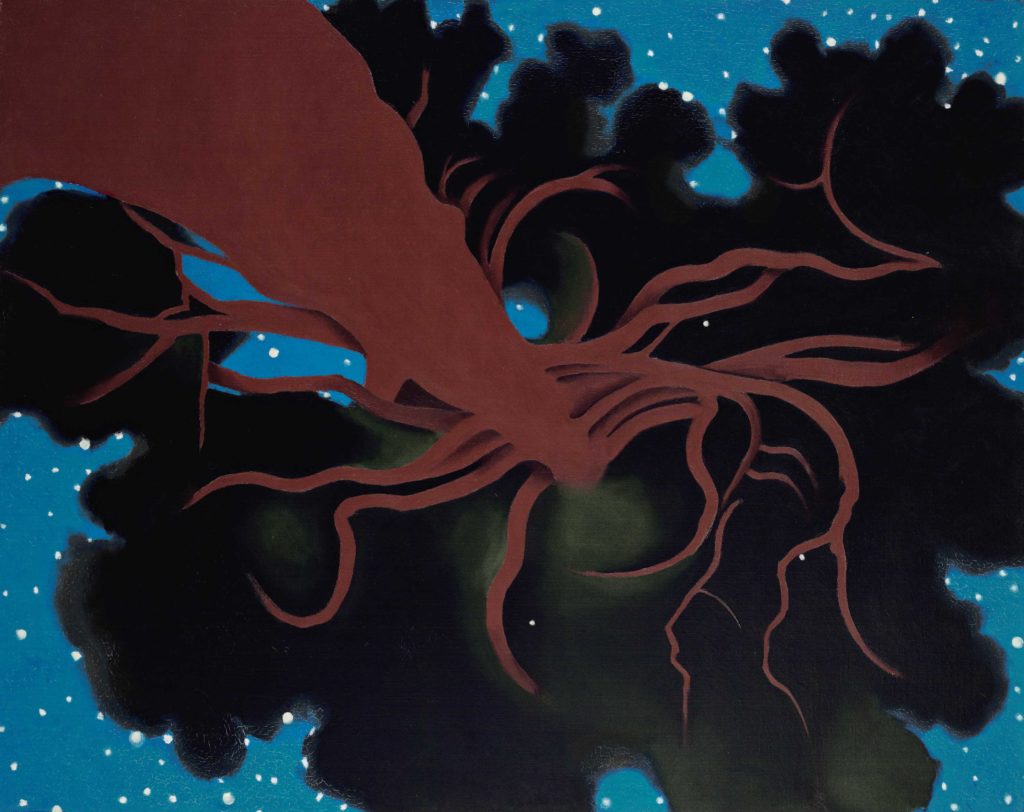
Works by leading American artists reveal how human impact on the planet over the last three centuries compels us to reconsider the relationships between art, the environment, and ourselves.
From the organizers:
The Peabody Essex Museum (PEM) presents an exhibition of more than 100 works by American artists from the 18th century through the present day that explores evolving ideas about the environment and our place within it.

“Nature’s Nation: American Art and Environment” features major paintings, photographs, works on paper, and sculpture drawn from museum and private collections around the country by artists such as Ansel Adams, John James Audubon, Albert Bierstadt, Frederic Edwin Church, Thomas Cole, Winslow Homer, Dorothea Lange, Kent Monkman (Cree), Georgia O’Keeffe, Jacob August Riis, Jaune Quick-to-See Smith (Salish-Kootenai), and Andrew Wyeth.

This is the first exhibition to examine how American and Native American artists have reflected and shaped our understanding of the environment over the last 300 years, from deeply held perspectives of interconnected ties to the universe to colonial beliefs that imagine nature as a hierarchy of species with men at the top, and also the modern emergence of ecological ethics.

This timely exhibition opens on the heels of landmark reports from the United Nations and the White House that underscore the dire and impending consequences of climate change. Both conclude humans’ activities are having a dangerous impact on the environment and, as a result, there is an extreme risk of irreversibly affecting all human, built, and natural systems. It is critical to our time to acknowledge that humans, animals, water, land, and sky are all connected.

“Nature’s Nation” reconsiders American and Native American art within the context of environmental history and the study of living things’ relation to their surroundings. The exhibition highlights shifting visions and realities of nature as artists reflect and shape societal attitudes toward the natural world. As perspectives emerge, we are learning anew that the natural world is not a fixed concept but dynamic reality.
Organized by the Princeton University Art Museum, “Nature’s Nation: American Art and Environment” is on view at the Peabody Essex Museum (Salem, MA) from through May 5, 2019.
Sign up to receive Fine Art Today, the free weekly e-newsletter from
Fine Art Connoisseur magazine.







This exhibition will be at the Crystal Bridges Museum in Bentonville, Arkansas May 25 through September 9, 2019